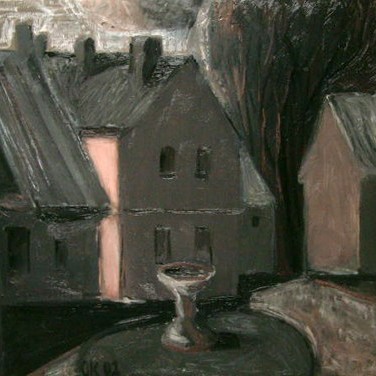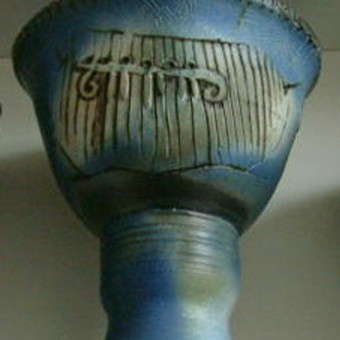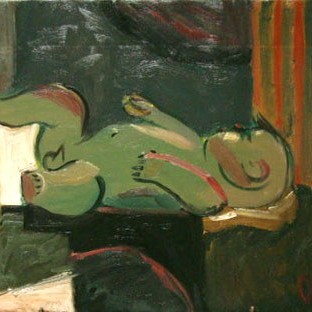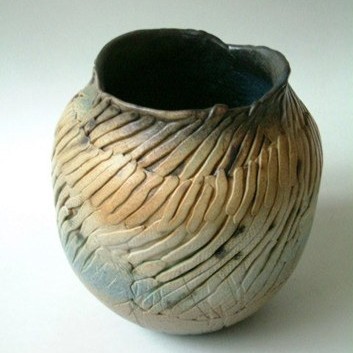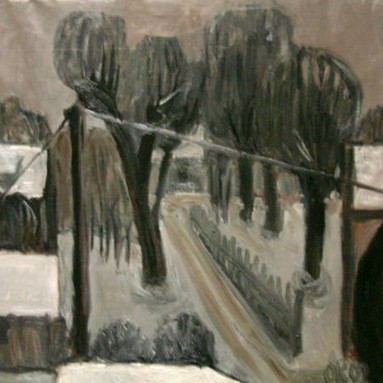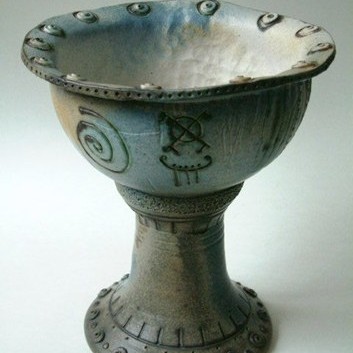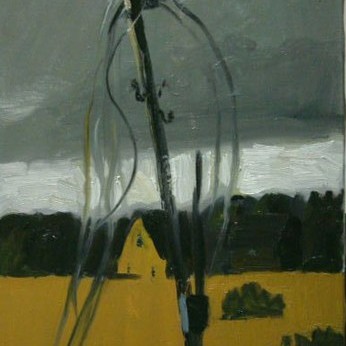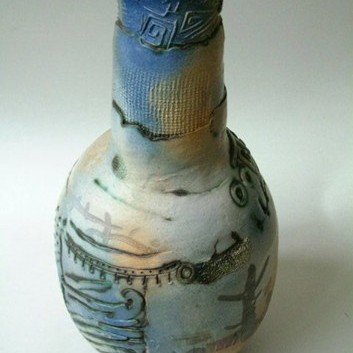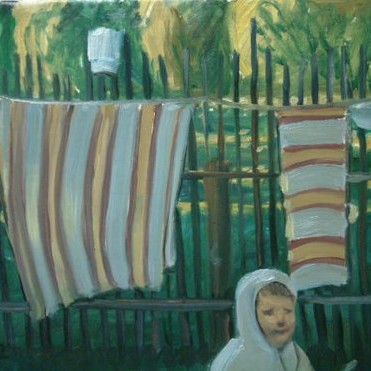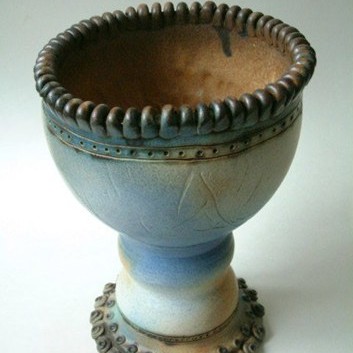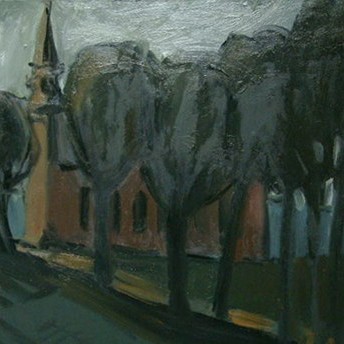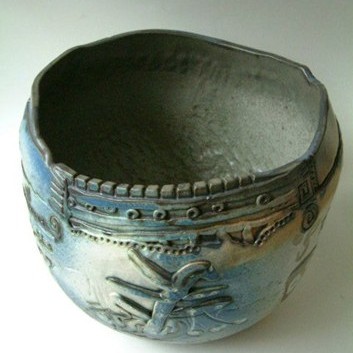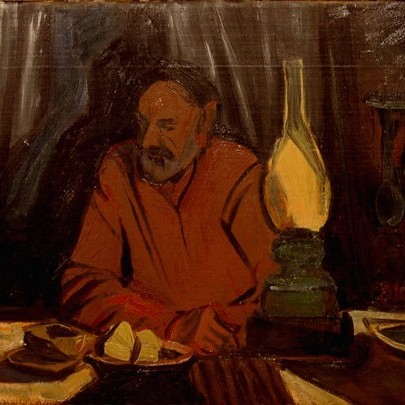Jaana and Orest Kormaðov belong with their \"roots\" to the family of artists. Orest\'s father, Nikolai Kormaðov, has been one of the most remarkable painter of the classical painting, his mother Luule is a well-known ceramics artist. Orest\'s brother Andrei is a famous graphic artist. Still the \"young\" Kormaðovs have been able to develop a style of creation that is only characteristic to them that they demonstrate now together.
Jaana and Orest Kormaðov belong with their \"roots\" to the family of artists.
Orest\'s father, Nikolai Kormaðov, has been one of the most remarkable painter of
the classical painting, his mother Luule is a well-known ceramics artist.
Orest\'s brother Andrei is a famous graphic artist. Still the \"young\" Kormaðovs
have been able to develop a style of creation that is only characteristic to
them that they demonstrate now together.
Orest Kormaðov (1964) graduated from the Estonian
State Art Institute in the year 1990 and has after that been working as a
painting lecturer in the Tallinn Pedagogical University. He started to
participate at exhibitions already in mid-1980s and his paintings have been
exposed in addition to Estonia also in Finland, Russia and Germany. Orest\'s
paintings are characterised by especially strong handling of colours and
depiction of abandoned landscapes and situations. Because of the strong colours
he has also been called the Estonian Matisse. Orest usually presents colours on
relatively large surfaces, setting together strong, sometimes even antagonistic
shades that at the first sight even seem not to be matching each other. His
works are not characterised in the first run by the technical \"purity\" or
detailed richness of nuances, but rather by uncompromised forcefulness and
certain harsh poetry. His paintings are like novellettes: with few characters,
certain and concrete lines of the plot and unexpected turns of events. Kormaðov
is interested in depicting of at first sight unpoetic situations so that the
object receives new meanings and stresseds are such charming moments, of the
existence of which even the object itself was unaware of. So an electric post
with cut wires is placed to the foreground of the painting and so are broken all
afflicting rules that are required from a painting.
Jaana Kormaðov exposes at the exhibition vessels, having been made during the
last years. Kormaðov\'s ceramics strikes the eye with joining of
decorativeness and symbolism. She stylises on her vessels mystical and timeless
signs that leave the impression of being guardian spirits. We see somewhat
familiar symbols that still are free from copying of the past and which become
independent units, being free from the past. Modern ethnology - so could these
vessels be called. Aim of the author is also not achieving of a perfectly pure
form, expressing of delicate nuances of ceramic techniques, but one should not
doubt in the complete command of the beforementioned. Kormaðov has had a
free-handed approach towards her work and the result can be called \"tasteful
robustness\", half-burnt edges and holes in places, where industrial design would
never allow them to occur. This is handicraft in its most original
meaning.
.png)
